Chinese director Wuershan talks about martial arts comedy, The Butcher, The Chef And The Swordsman, which is the second Chinese-language project from Fox International Productions.
Born in Inner Mongolia, Wuershan worked as a visual artist and TV commercials director before making The Butcher, The Chef And The Swordsman, the first project to emerge from Beijing-based First Cut Features, founded by Daniel Yu and Tang Xiru.
The $1.5m film follows a mystical blade as it passes through the hands of three ambitious men. The ensemble cast includes Chinese actress Kitty Zhang and Japan’s Masanobu Ando along with lesser known TV and theatre actors.
Fox International Productions (FIP) joined the film as co-producer when it was in post-production and brought on board US filmmaker Doug Liman (Fair Game) to executive produce and help promote it. “The film is entirely [Wuershan’s] own style – there’s nothing derivative about it and even though it’s his first film, he’s approaching it with an enormous amount of confidence,” says Liman.
The film recently screened at the Toronto and Pusan film festivals and will be released in China on Nov 25.
Where did you get the idea for the story?
It’s loosely based on a short story, Legend Of The Kitchen Knife, from a monthly magazine – the kind of publication I used to read when I was in middle school and you can buy in newspaper kiosks at train stations. But the story of the film is very different from the short story – probably 70% has been changed. I put together a team of three writers and we worked together for two years and did 12 drafts.
It’s unusual for Chinese films to spend so much time in development – why did it take so long to write?
Because it was a very complicated process. We started with a theme known in Buddhism as “the three poisons” or three human vices – desire, vengeance and greed – which are associated with three animals – pig, snake and rooster. Then from this theme we had to create a structure to tell the story and fill in all the plot elements with the three writers. One writer was specialised in writing martial arts novels, another specialised in comedy lines and another organised all the materials and consolidated them.
Kitty Zhang is a big star for a low-budget production – how did you get her in your first film?
We originally wanted to use her but didn’t even try because we thought she’d be too expensive. But we also needed a restaurant to sponsor the film because we have a lot of cooking scenes and needed some consultation. So we found a big restaurant chain in China and the boss is Kitty’s fiancé so we got a good deal.
You use a combination of genres and video mediums in the film – why make it this way?
I used around five different mediums – elements from music videos and computer games, historical stock footage and 2D and 3D animation. One reason is that most Chinese comedies derive humour from the dialogue or performances, and I wanted to make it funny by using visual elements. Most teenagers nowadays watch a lot of multimedia so I wanted to use a new kind of visual language. And even though the characters are in period costume, I wanted to give the film a contemporary feel.
Another reason is that it’s a creative way to save money! It’s more expensive to film something than to use animation or stock footage. And of course it also looks cool.
So you made this with a youth audience in mind?
Yes, for a youth audience, but also for people like myself who are tired of the traditional, clichéd way to make martial-arts movies.
How did you handle the martial-arts scenes as you obviously couldn’t use a lot of CGI on that budget?
We found a good action choreographer – Zhao Hui – who has worked with Yuen Woo-ping and Tony Ching. I knew him because we’d worked together on TV commercials. I told him not to do anything that Hong Kong filmmakers usually do – so no flying heroes and wirework. We also got very creative. There’s one scene where we hid the height difference between two stunt doubles by slowing down the film and creating flashes of light across the screen.
In another scene we switched from the Chinese to Japanese style of swordsmanship because the location restricted the height that the stunt double could jump. We got lucky because we had a Japanese translator for Ando who had studied Japanese swordsmanship for ten years. So that scene turned out very different from Hong Kong martial arts movies – much faster and more powerful.
What are you doing next?
I’m working on a fantasy martial arts project with a Chinese company but we can’t announce it just yet.





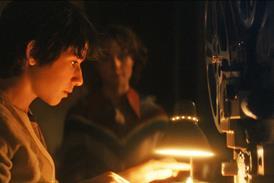
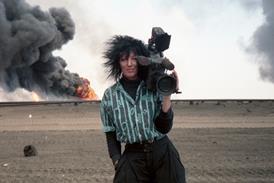

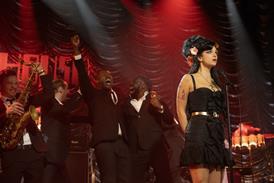
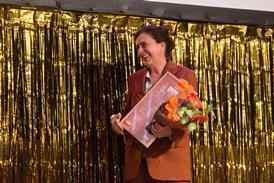

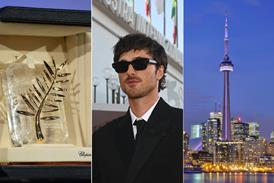

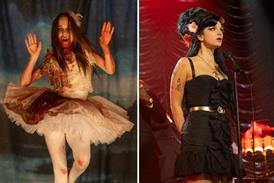
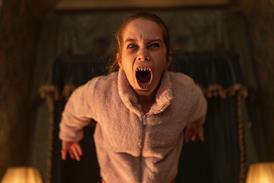
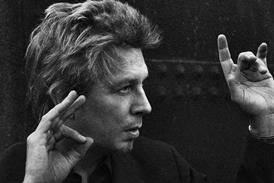

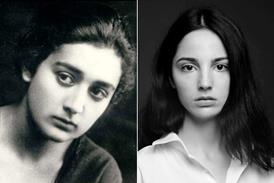




No comments yet